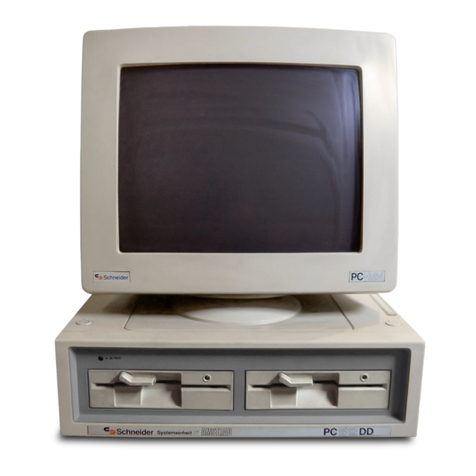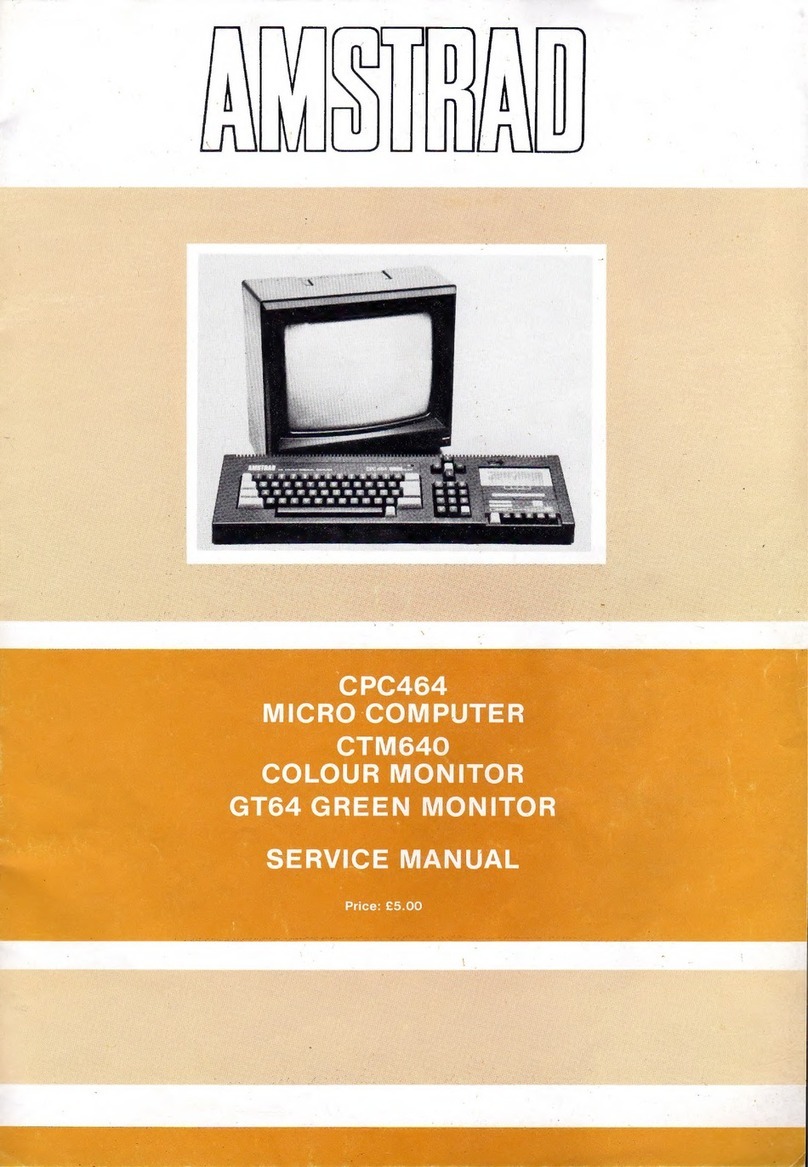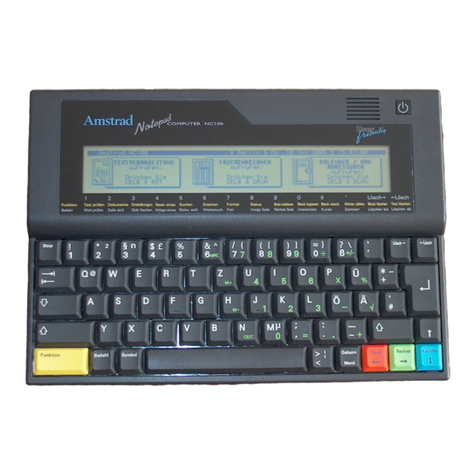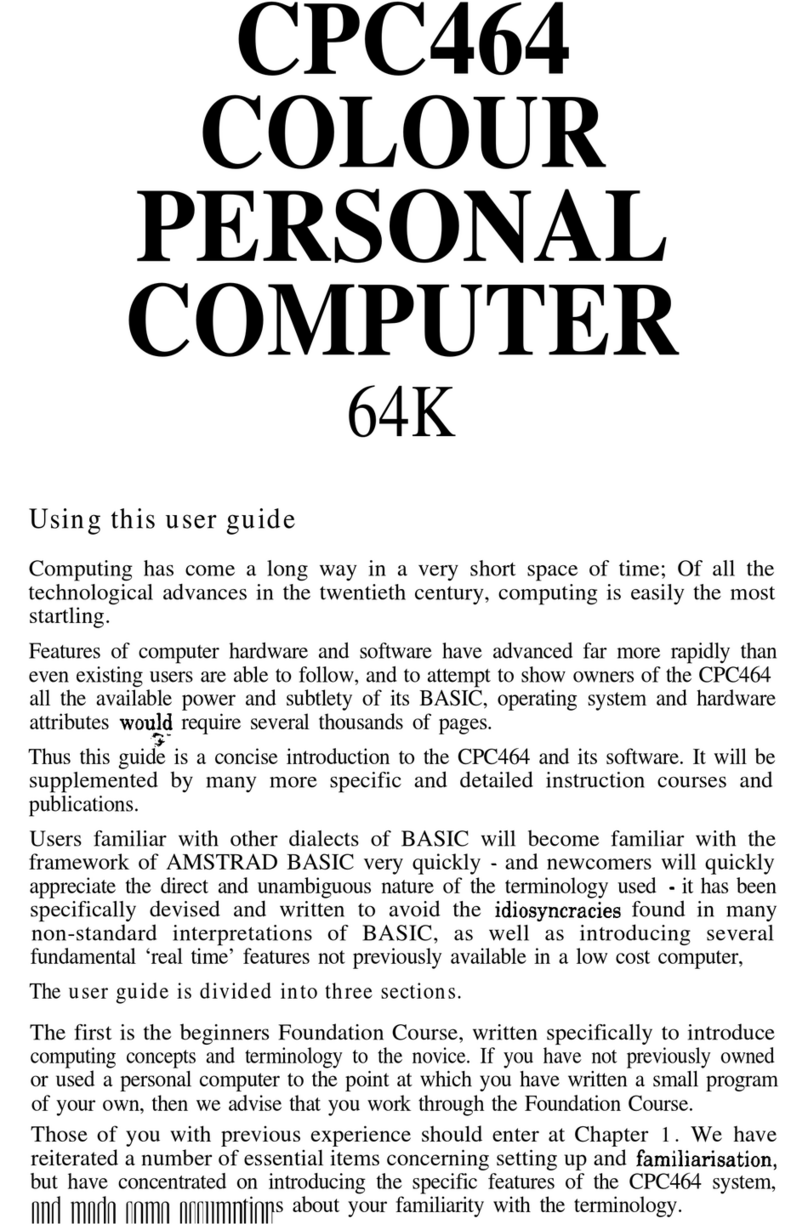AMSTRAD TS80 User manual
Other AMSTRAD Desktop manuals

AMSTRAD
AMSTRAD CPC6128 Installation instructions
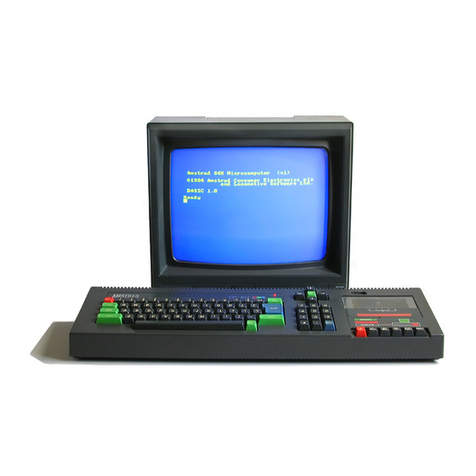
AMSTRAD
AMSTRAD CPC464 User manual

AMSTRAD
AMSTRAD PCW8256 User manual

AMSTRAD
AMSTRAD PC1640 User manual
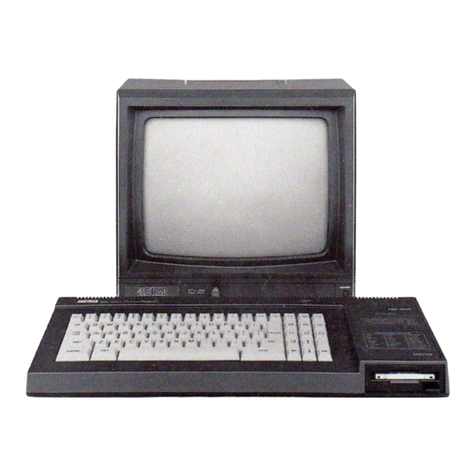
AMSTRAD
AMSTRAD CPC6128 User manual

AMSTRAD
AMSTRAD CPC6128 User manual
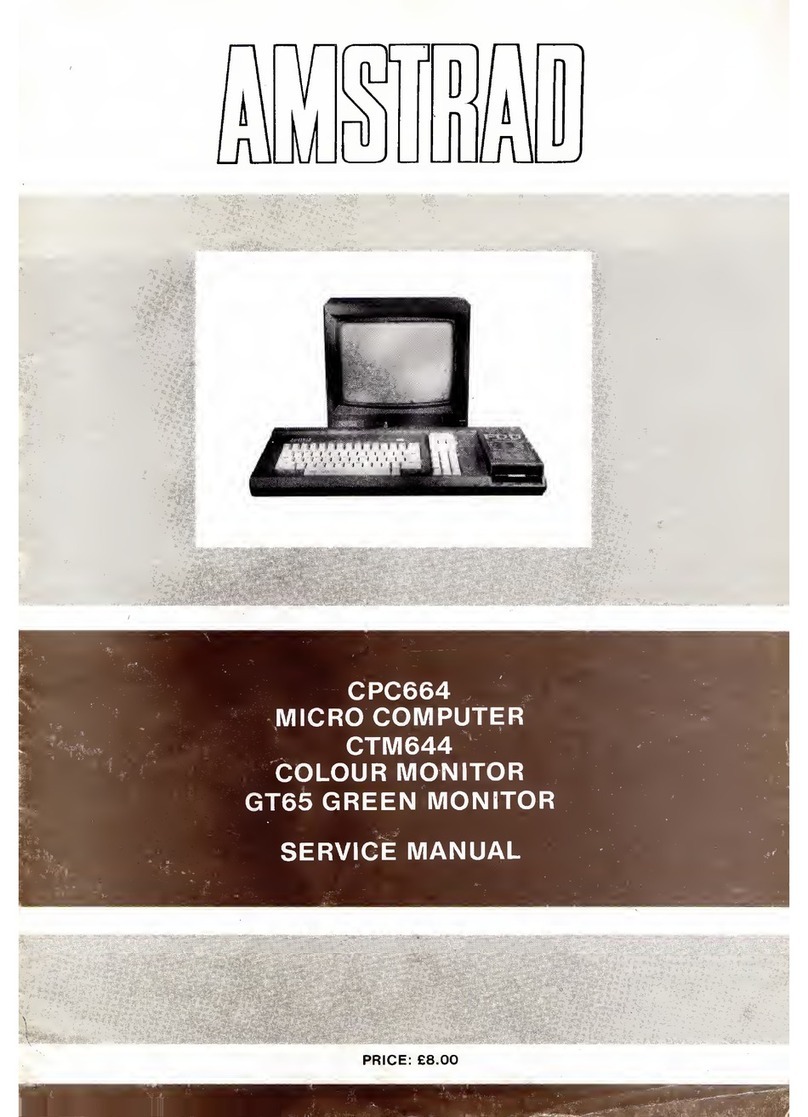
AMSTRAD
AMSTRAD CPC664 User manual
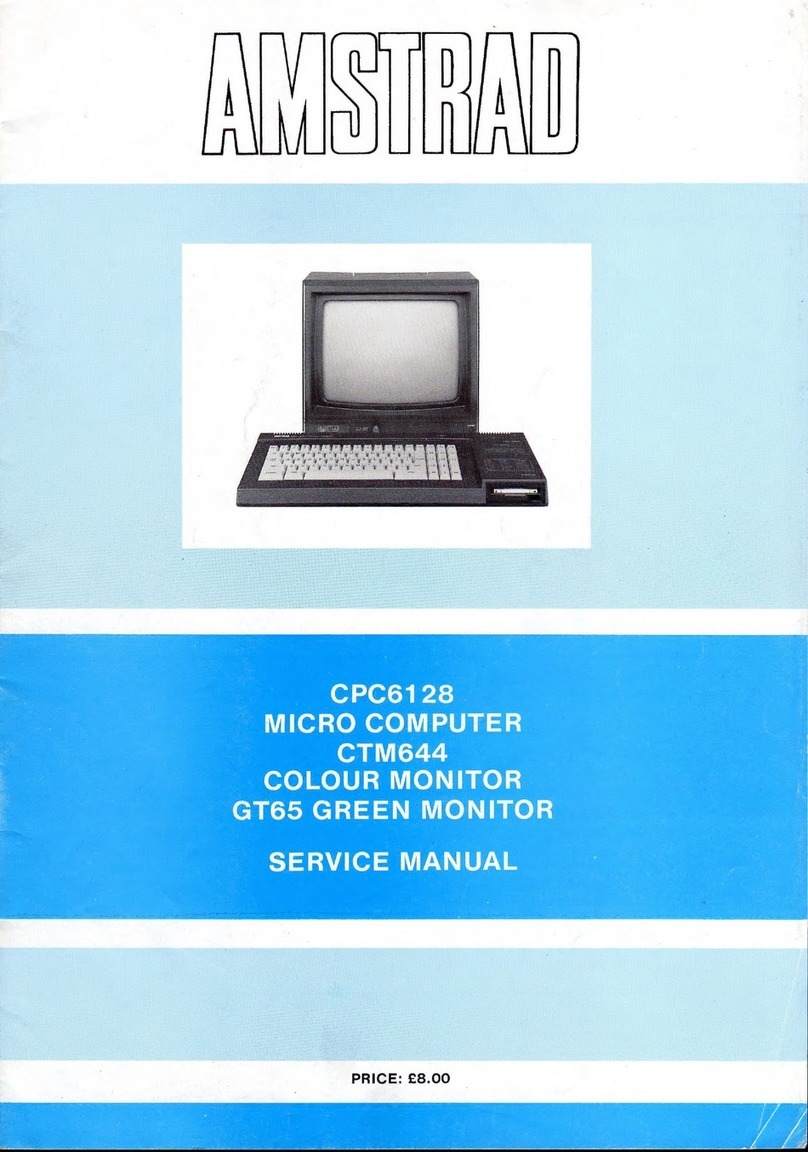
AMSTRAD
AMSTRAD CPC6128 User manual
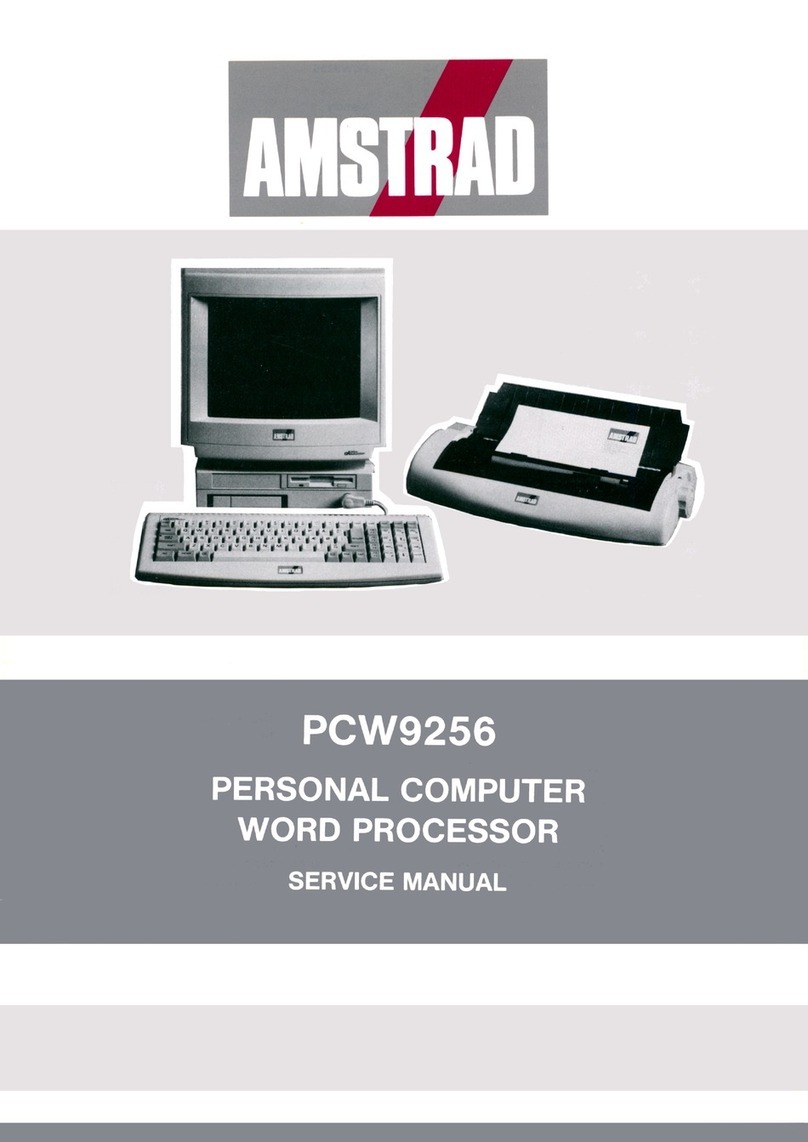
AMSTRAD
AMSTRAD PCW9256 User manual
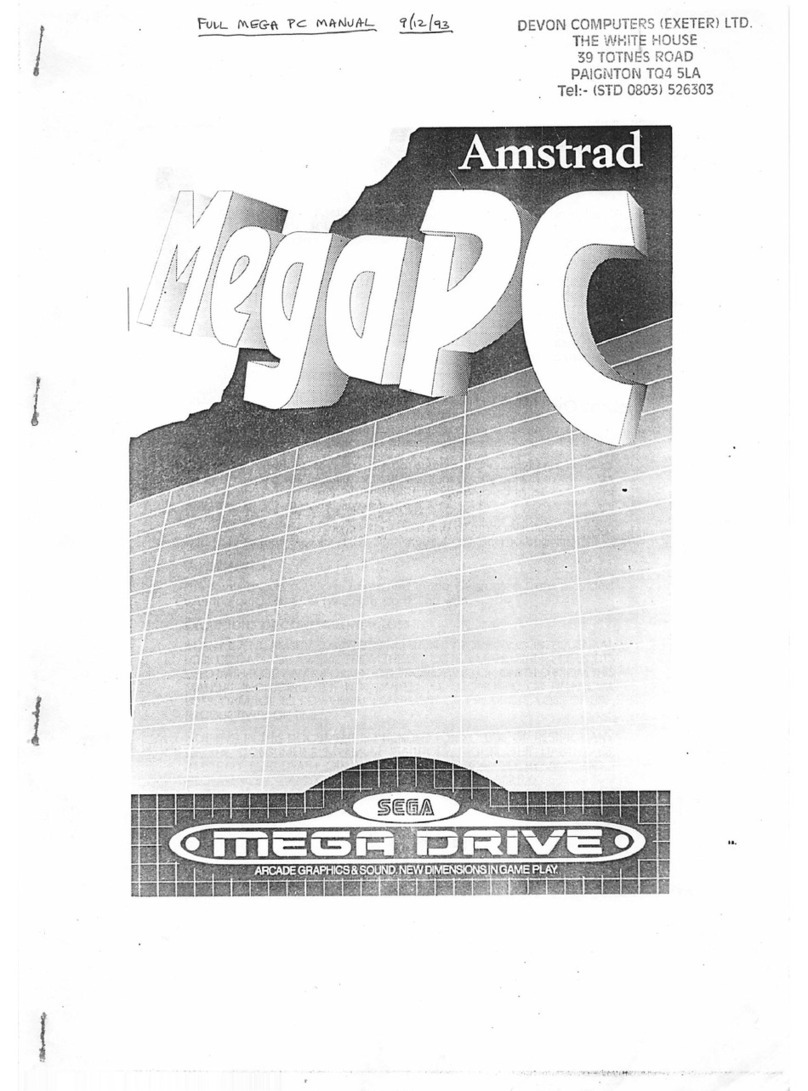
AMSTRAD
AMSTRAD MegaPC User manual
